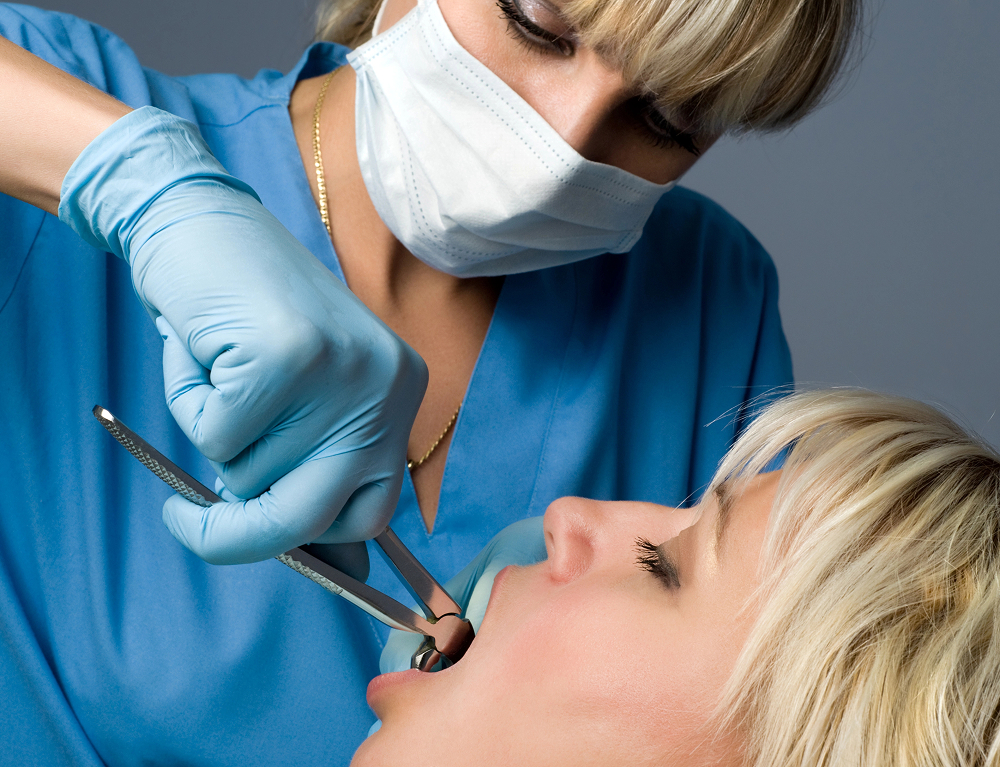Tooth extractions are often seen as routine, but the procedure impacts more than just the missing tooth. Beyond aesthetics, extractions influence jawbone health, bite alignment, and long-term oral stability—factors rarely discussed outside professional dental circles. For busy professionals, families, and retirees in Washington, DC, understanding what to expect before, during, and after an extraction can reduce anxiety and improve recovery. Awareness of these subtleties helps patients make informed decisions and prepare for a smoother, safer healing process.
Why a Tooth Extraction Might Be Needed
Tooth extractions are often necessary when preserving the tooth could compromise overall oral health, a nuance many patients overlook. Severe decay or infection can damage the surrounding bone and teeth if left untreated, making extraction the safest option. Crowding or misalignment may also require removing a tooth to allow proper orthodontic correction. Impacted wisdom teeth are another common cause, as they can cause pain, infection, or damage neighboring teeth. Trauma from accidents may render a tooth non-restorable, necessitating removal. Even subtle factors—like compromised blood flow or weakened bone structure—can make extraction the most prudent choice. Understanding these less obvious reasons helps patients see extractions as a preventive, health-focused procedure rather than just a reactive treatment.
Preparing for Your Dental Extraction
Preparation for a tooth extraction goes beyond scheduling the appointment. A thorough dental exam and X-rays help the dentist assess the tooth, surrounding bone, and overall oral health, reducing the risk of complications. Patients should review their medical history and current medications, as certain conditions or blood thinners can affect healing. Managing anxiety is another often-overlooked step—techniques like guided breathing, nitrous oxide, or sedation can make the procedure more comfortable. Practical preparations, such as arranging transportation if sedation is used, planning soft foods for recovery, and adjusting daily routines, ensure a smoother experience. Thoughtful preparation supports both safety and a faster, less stressful recovery.
The Tooth Extraction Procedure
Understanding what happens during a tooth extraction can reduce anxiety and help patients prepare mentally and physically. While the procedure is commonly viewed as quick and simple, there are several subtle steps and considerations that often go unmentioned.
- Initial Anesthesia and Comfort Measures
The first step is numbing the area with local anesthesia, ensuring the patient feels minimal discomfort. In some cases, sedation or nitrous oxide may be offered to manage anxiety, particularly for sensitive patients or complex extractions. - Assessment and Loosening of the Tooth
The dentist gently loosens the tooth using specialized instruments. This step requires precision to avoid unnecessary stress on surrounding teeth and bone. In some cases, sectioning the tooth into smaller pieces is necessary for safer removal, especially for molars or impacted teeth. - Extraction of the Tooth
Once loosened, the tooth is carefully removed from its socket. For wisdom teeth or teeth with curved roots, surgical techniques may be used, including minor incisions in the gum or removal of small amounts of bone. - Socket Preservation and Bone Considerations
After extraction, dentists may place a material to preserve the socket, which supports future restorations like implants or bridges. This step is often overlooked but critical for maintaining jawbone integrity. - Initial Cleaning and Hemostasis
The area is cleaned to remove debris, and a gauze pad is applied to control bleeding. Patients are instructed on how to maintain gentle pressure and avoid disturbing the clot. - Immediate Post-Extraction Instructions
Patients are guided on ice application, rest, and early dietary adjustments. Detailed instructions for pain management, oral hygiene, and signs of complications are provided to promote safe, effective healing. - Follow-Up and Monitoring
In some cases, the dentist schedules follow-ups to ensure the socket is healing properly and to discuss any restorative options if needed. - Patient Education on Lifestyle Adjustments
Dentists often provide guidance on avoiding habits that could hinder healing, such as smoking, drinking through straws, or vigorous rinsing. These lifestyle adjustments, though subtle, play a crucial role in preventing complications like dry socket and ensuring a smoother recovery.
This structured, step-by-step approach highlights that a tooth extraction is not just about removing a tooth—it is a carefully planned procedure aimed at preserving oral health, minimizing risk, and setting the stage for smooth recovery.
Recovery and Aftercare
Recovery after a tooth extraction involves more than just managing pain—it’s about supporting tissue healing and preventing complications. Immediately after the procedure, maintaining gentle pressure on the gauze helps control bleeding, while avoiding rinsing or spitting prevents dislodging the clot. Ice packs applied intermittently reduce swelling, and a soft-food diet protects the extraction site. Pain management should balance comfort with minimizing overuse of medication, and saltwater rinses after 24 hours can gently cleanse the area. Patients should avoid smoking or using straws, as these actions can disrupt healing. Close observation for unusual swelling, persistent bleeding, or signs of infection ensures any complications are addressed promptly.
Special Considerations for Different Patients
Not all tooth extractions are the same, and individual factors can significantly influence both the procedure and recovery. Seniors may experience slower healing due to reduced bone density or chronic health conditions, requiring closer monitoring. Pediatric patients need careful attention to growth patterns and behavioral management to ensure safety and comfort. Wisdom teeth or impacted molars present unique challenges, often requiring surgical techniques that differ from standard extractions. Busy professionals may need tailored post-procedure plans to minimize downtime, while patients with anxiety benefit from sedation options or guided relaxation techniques. Considering these patient-specific factors ensures extractions are safer, more comfortable, and better aligned with long-term oral health goals.
Conclusion
A tooth extraction is more than a single procedure—it’s a carefully planned step in maintaining or restoring oral health. Understanding why an extraction may be necessary, what the procedure involves, and how to care for the site afterward can reduce anxiety and support faster, safer healing. Individual factors, such as age, tooth type, and lifestyle, also influence outcomes, highlighting the importance of personalized planning. For guidance on whether a tooth extraction is right for you, or to learn more about recovery and care, visit us at District Dental Solutions or call (202) 955-5787 to schedule an appointment today.


